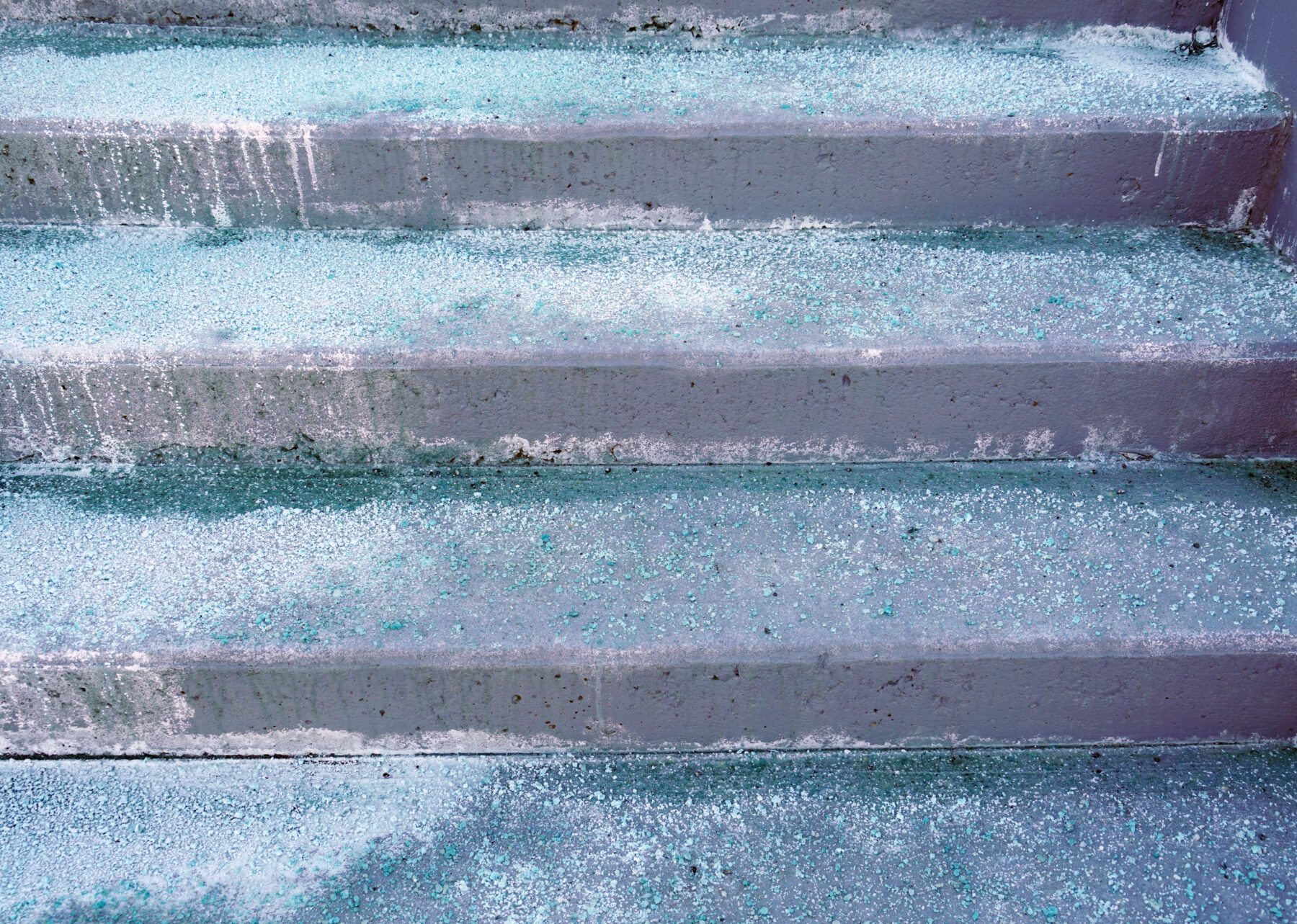Choosing the Right Concrete Mix for Cold-Weather Applications
November 1, 2023

When undertaking construction projects in colder climates or during winter months, selecting the right concrete mix becomes paramount. Holliday Sand & Stone understands the challenges cold weather can pose, and we’re here to guide you through the maze of options. Below we suggest some key considerations to keep in mind for cold-weather concrete applications.
Understanding Cold-Weather Concreting
Firstly, what defines cold-weather concreting? Typically, cold-weather concreting refers to periods when the air temperature drops below 40°F (4°C). During such times, the cooling of fresh concrete can slow the rate at which it gains strength. This is critical because premature freezing can ruin freshly poured concrete.
Key Characteristics of Cold-Weather Concrete Mix
Accelerated Setting Time: Look for mixes with faster setting times. This minimizes the window of vulnerability where the concrete might freeze before it sets.
Air-Entrainment: Air-entrained concrete contains billions of microscopic air cells which protect it from freeze-thaw cycles. These air pockets allow space for water to expand when it freezes, reducing the risk of cracking.
Lower Water Content: A mix with reduced water content will not only set faster but also be less prone to freezing. Remember, less water means less chance of ice forming within the mix.
Tips for Using Cold-Weather Concrete Mix
Preparation is Essential: Before pouring your concrete, ensure that the ground isn’t frozen. Using heated aggregates or warm mixing water can also help in keeping the mix from freezing too quickly.
Monitor the Temperature: Keep a close watch on the ambient temperature as well as the temperature of the mix. Although it’s important to choose the right concrete mix for cold-weather applications, having someone in close proximity to ensure the mix behaves as expected, is just as important.
Use Insulating Blankets: After pouring, cover the concrete with insulating blankets. This retains the heat generated during the hydration process and ensures steady curing.
Additional Considerations
While the mix is undeniably vital, consider the bigger picture too. For instance, wind speed can affect the rate at which your mix cools. A windy day can cool down your concrete much faster than a still day. Furthermore, the size and shape of your project can also play a role. A thin slab will cool down and potentially freeze much quicker than a large block.
When it comes to cold-weather applications, you must tweak the your approach and materials. By understanding the unique challenges posed by cooler temperatures and equipping yourself with a concrete mix tailored for these conditions, you can ensure the longevity and strength of your construction and the stability of your project for years to come. Reach out to our expert team today to find out how we can assist in making your cold-weather construction a success.

